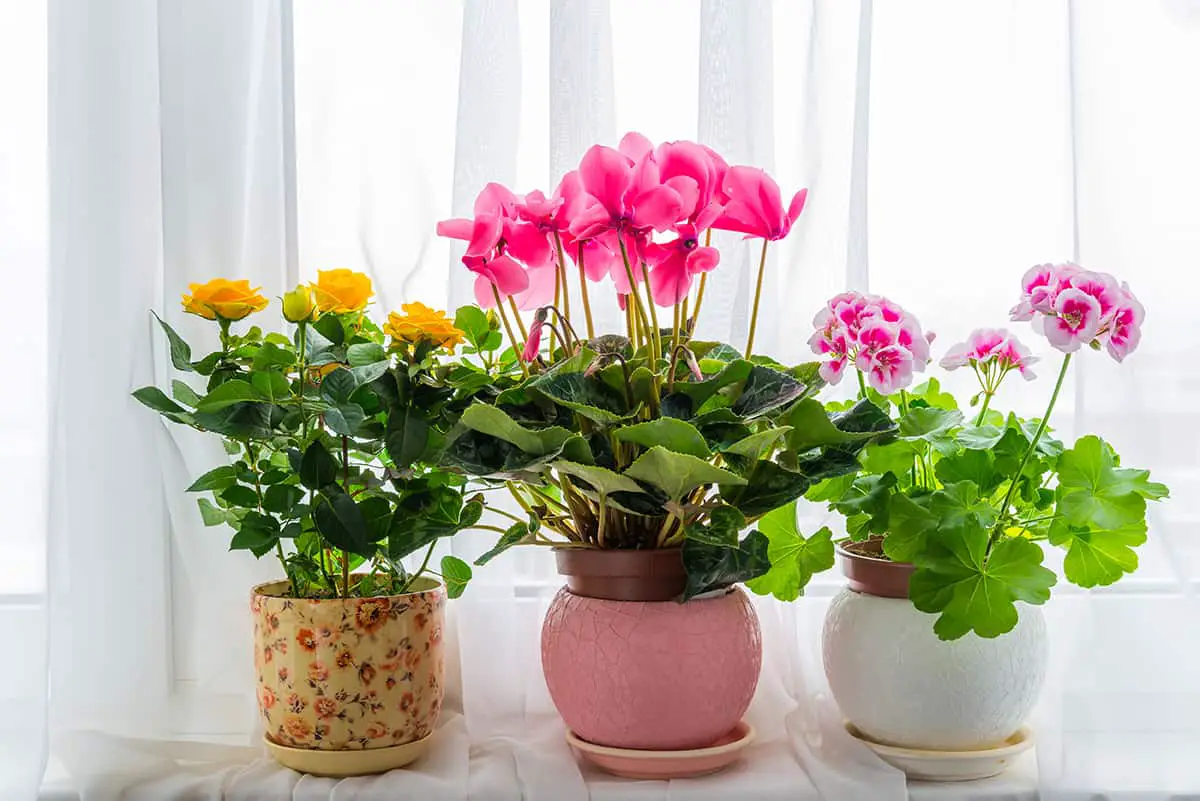Imagine glancing at your calendar and realizing that, no matter the month, there’s a bloom in your home, bringing life to even the dreariest days. From the vibrant hues of January’s flowering houseplants to the delicate blossoms that close out the year in December, indoor plants can ensure your living space is always touched by nature’s beauty.
This guide to indoor plants that bloom according to the 12 months will help you achieve just that: transforming your home into a year-round garden.
Table of Contents
- Choosing the Right Indoor Blooming Plants
- January: Early-Year Bloomers
- February: Winter Blossoms
- March: Spring Beginnings
- April: Full Spring Blooms
- May: Late Spring Varieties
- June: Summer Flourish
- July: Midsummer Varieties
- August: Late Summer Selections
- September: Early Autumn Blooms
- October: Autumnal Hues
- November: Late Autumn Bloomers
- December: Wintertime Blooms
- Caring for Indoor Blooming Plants
- Frequently Asked Questions
- Which indoor flowering plants can I grow from seeds for year-round blooms?
- Can you provide a list of ten indoor flowering plants known for their prolonged blooming periods?
- Are there any flowering houseplants that can flourish without sunlight?
- Which houseplant is recognized for blooming annually, and at what time of year does this occur?
- Conclusion
Choosing the Right Indoor Blooming Plants
When selecting indoor blooming plants, consider the light requirements. Flowering houseplants typically need bright light to thrive. Ensure you have a suitable spot by a window or artificial light source. Choose plants that match your home’s conditions.
Examine the plant’s health before purchasing. Look for robust foliage and signs of new blooms or leaf buds. Inspect leaves closely, both tops and undersides, for pests or diseases.
Understand the plant’s cycle. Some plants have specific blooming periods throughout the year. Select those that flower during your desired months. Forcing bulbs indoors can be timed to bloom on schedule, as outlined by Penn State Extension.
Consider care requirements. Plants need varying degrees of maintenance, from watering frequency to pruning. Opt for plants whose care you can manage. Remember that after blooming, continued care is essential for next season’s flowers.
January: Early-Year Bloomers
In January, you’ll find some indoor plants that are eager to show off their flowers and brighten the short-winter days despite the cold outside.
African Violet

African Violets are delightfully compact plants that can bloom multiple times a year. Keep them in a warm place with indirect light, and they will reward you with a show of purple, pink, or white flowers, even in January. Ensure the soil remains consistently moist, but avoid wetting the leaves to prevent spots.
Peace Lily
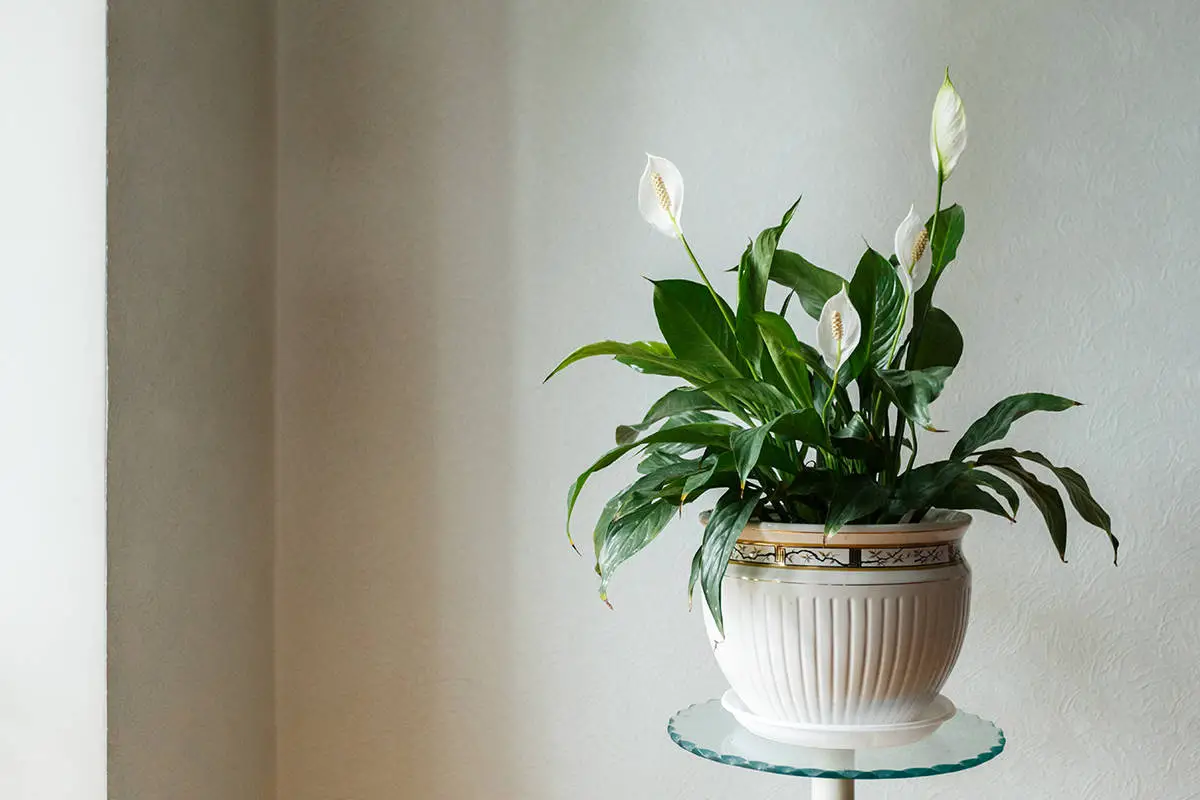
Peace Lilies offer you elegant white flowers that can appear throughout the year, including January. These plants prefer a shady spot and thrive with minimal sunlight. You should water them when the soil feels dry, and they will flourish, purifying your air and enhancing your home with their striking blooms.
February: Winter Blossoms
In February, your indoor garden can still flourish with vibrant cyclamen and elegant orchids, offering a splash of color during the chill of winter.
Cyclamen
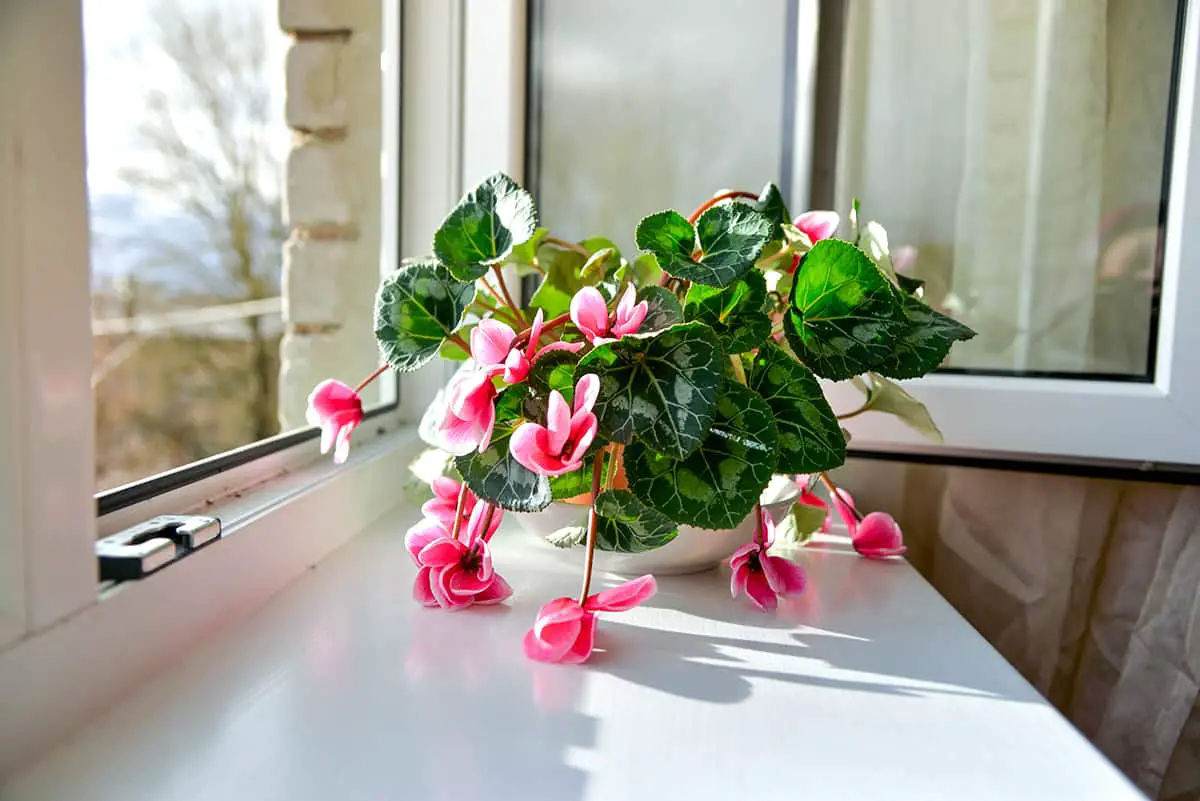
Cyclamen are renowned for their heart-shaped leaves and patterned petals. These plants typically present pink, white, or red flowers that stand out against the bleak winter backdrop. Ensure you keep them in a cool room with indirect light for the best bloom.
Orchids

Orchids provide a tropical touch with a diverse array of colors and shapes. These delicate blooms require consistent moisture and a well-lit environment, but be wary of direct sunlight. Their exotic appearance belies a resilience that makes them ideal for indoor cultivation during the colder months.
March: Spring Beginnings
March brings the first breath of spring to your indoor garden. This month, flowers start to awaken with color and vivacity, notably Jasmine and Kalanchoe, ensuring your spaces are lively and fragrant.
Jasmine
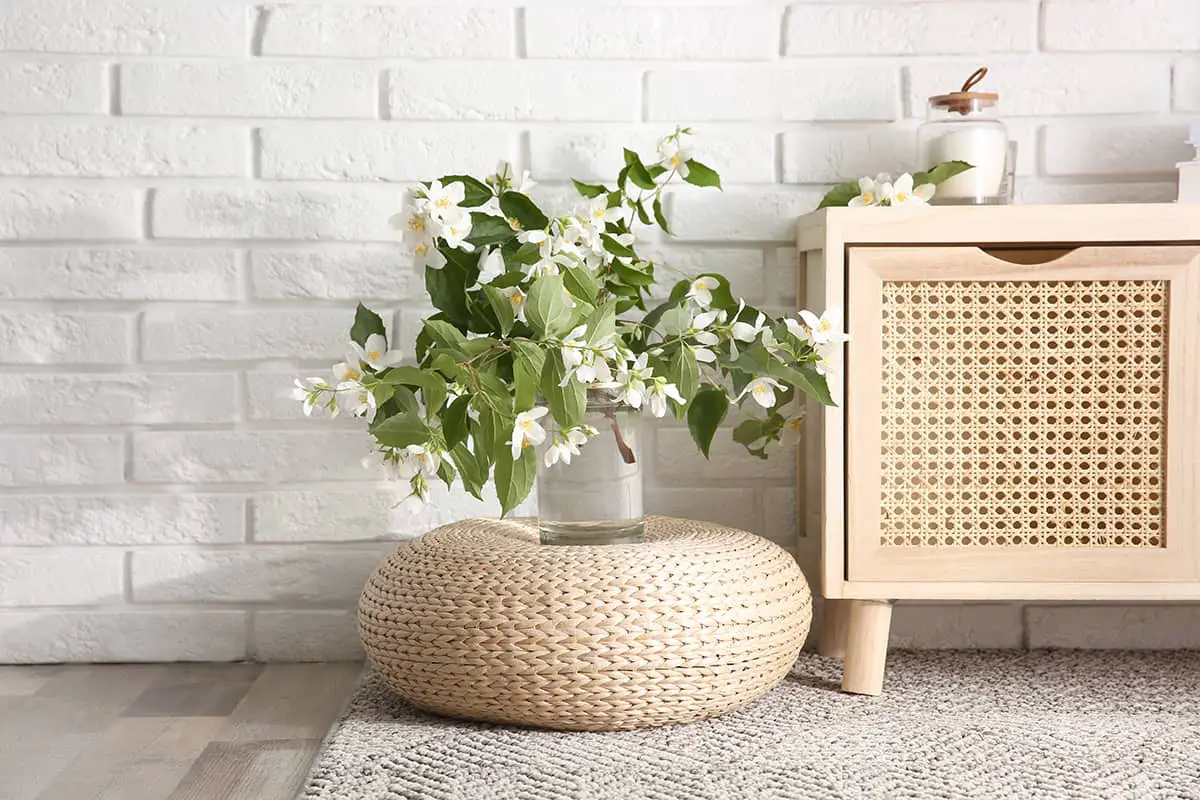
In March, your Jasmine plant is a source of intense fragrance and delicate flowers. You’ll experience its white blossoms, which can infuse your home with a sweet, calming aroma. Ensure it has plenty of light and a little humidity to keep it thriving.
Kalanchoe
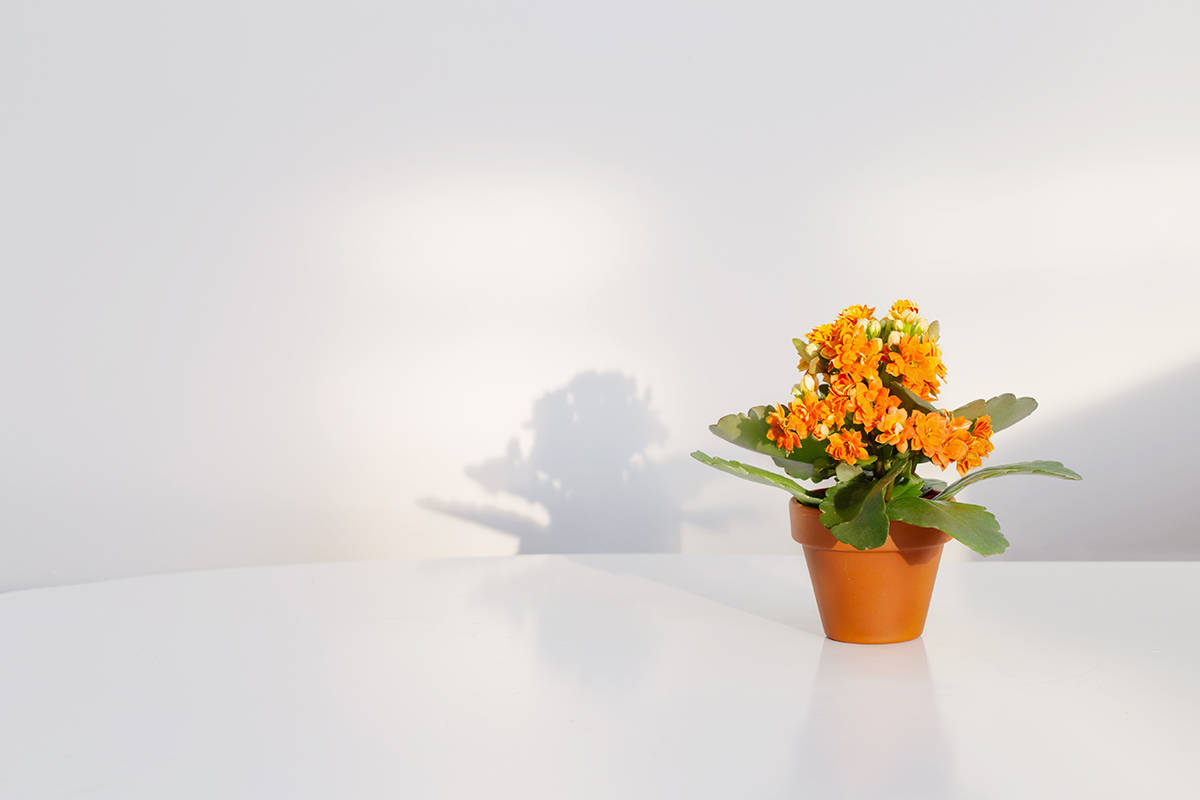
The vibrant Kalanchoe offers a bright splash with its clusters of petite, four-petaled flowers. Its maintenance is minimal; a well-lit spot and occasional watering will suffice
April: Full Spring Blooms
In April, your indoor garden becomes a showcase of vibrant blooms. You can enjoy the full spring spectacle with flowering houseplants like Gloxinia and Begonia.
Gloxinia
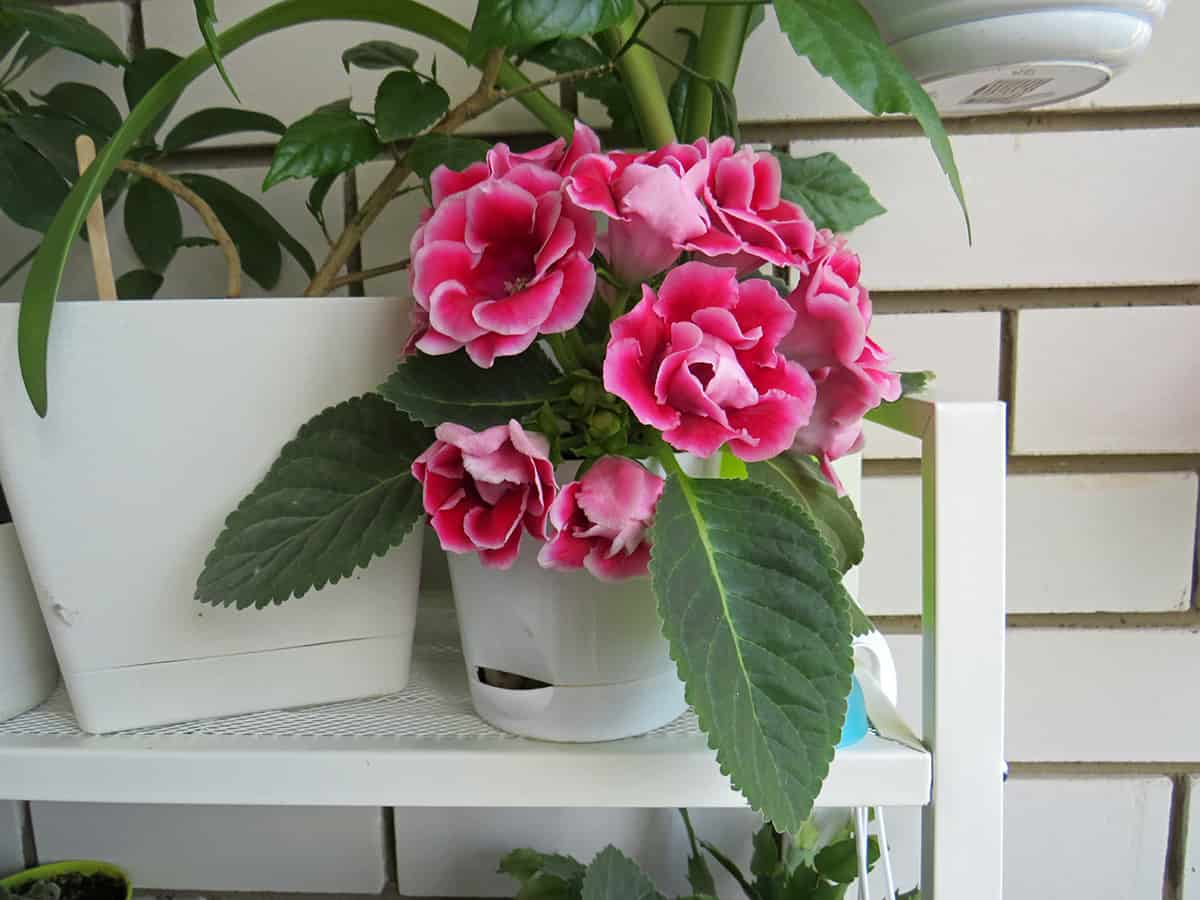
Gloxinia’s lush, velvet-like flowers light up any room. Its vibrant petals unfurl in a range of colors, from deep purples to vivid reds. With bright, indirect light and consistent watering, Gloxinia thrives, ensuring a burst of color in your spring indoor garden.
Begonia

Known for their ease of care, Begonias offers a stunning variety of shapes and colors. Their flowers, ranging from soft pinks to bold oranges, are set against contrasting foliage. They prefer a well-draining soil mix and moderate humidity, making them a perfect choice for brightening up your home in April.
May: Late Spring Varieties
In May, indoor plants such as Amaryllis and Hibiscus can bring vibrant blooms to your home. These late spring varieties are known for their colorful flowers and ability to brighten any room.
Amaryllis
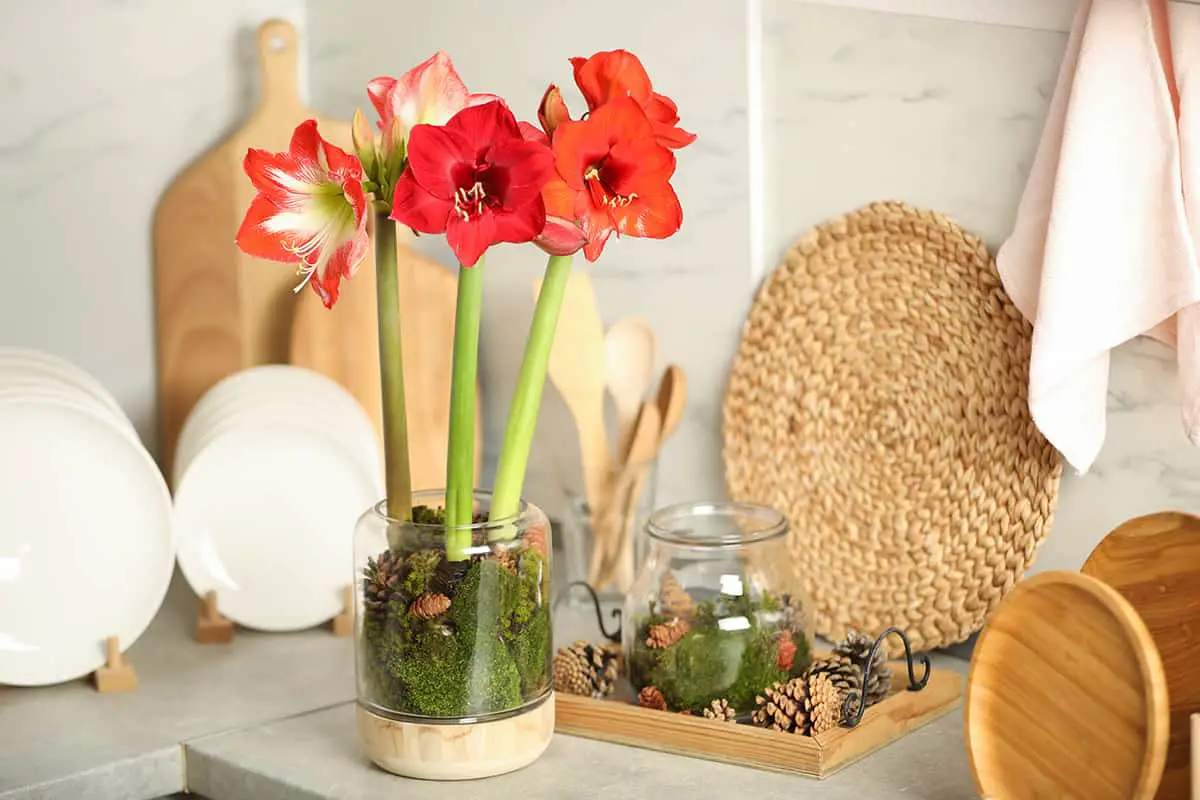
Amaryllis boasts large, trumpet-shaped flowers that can add a dramatic flair to your indoor spaces. Typically, you will see them bloom from bulbs that require minimal care. Ensure it gets plenty of light, and you can expect it to flower for up to 7 weeks.
Hibiscus

The Hibiscus plant is a tropical marvel with its large, showy blossoms. For success with Hibiscus indoors, provide it with bright, indirect sunlight and moderate watering. Its flowers, often red, pink, orange, or yellow, can bloom repeatedly throughout the year, including in May.
June: Summer Flourish
In June, your indoor plants bask in the summer’s glow, revealing their vibrant colors. The ample sunlight and warm temperatures encourage a full bloom, showcasing the beauty of Anthurium and Lavender.
Anthurium
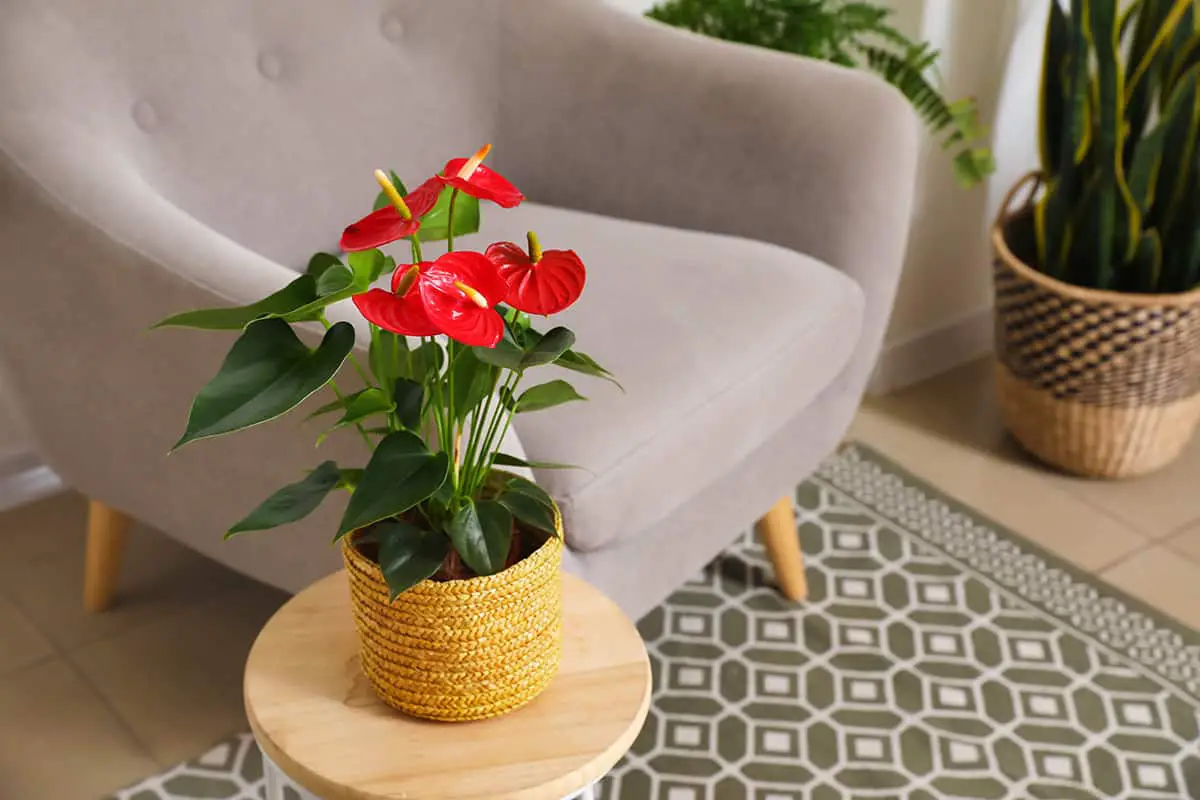
The Anthurium, with its glossy heart-shaped flowers, thrives in June. These flowers, ranging from red to pink, demand bright, indirect light. Keep the soil consistently moist but not waterlogged for optimum growth.
Lavender

Your Lavender plant needs full sun, so place it by a south-facing window. This fragrant herb prefers a well-draining soil mix and infrequent watering to prevent root rot. The delightful purple blooms can bring a calming presence to your indoor space.
July: Midsummer Varieties
In July, your indoor garden can continue to thrive with flowering plants like Geraniums and Fuchsias. These midsummer varieties bring vibrant colors to your space.
Geranium
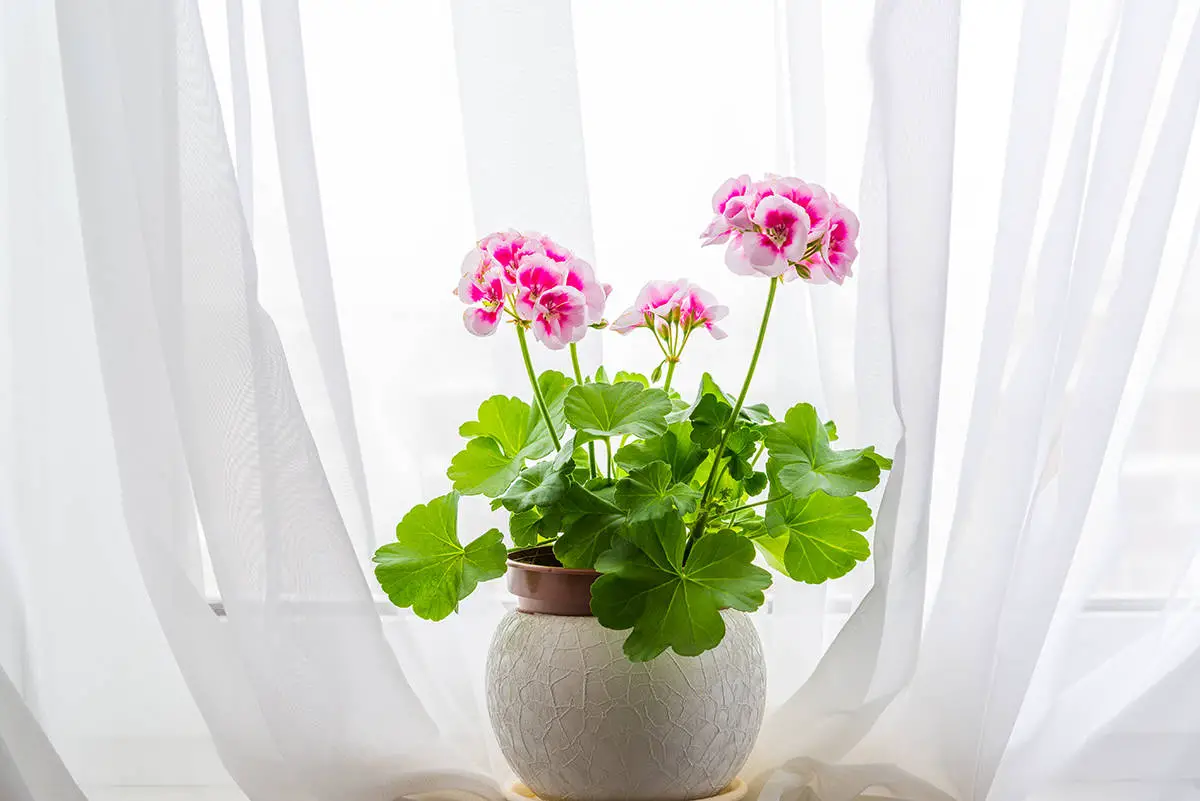
Geraniums are popular for their durability and prolonged blooming period. With bright flowers, they can bloom indoors even in July. Ensure they receive ample light and monitor the soil moistness to promote healthy growth.
Fuchsia
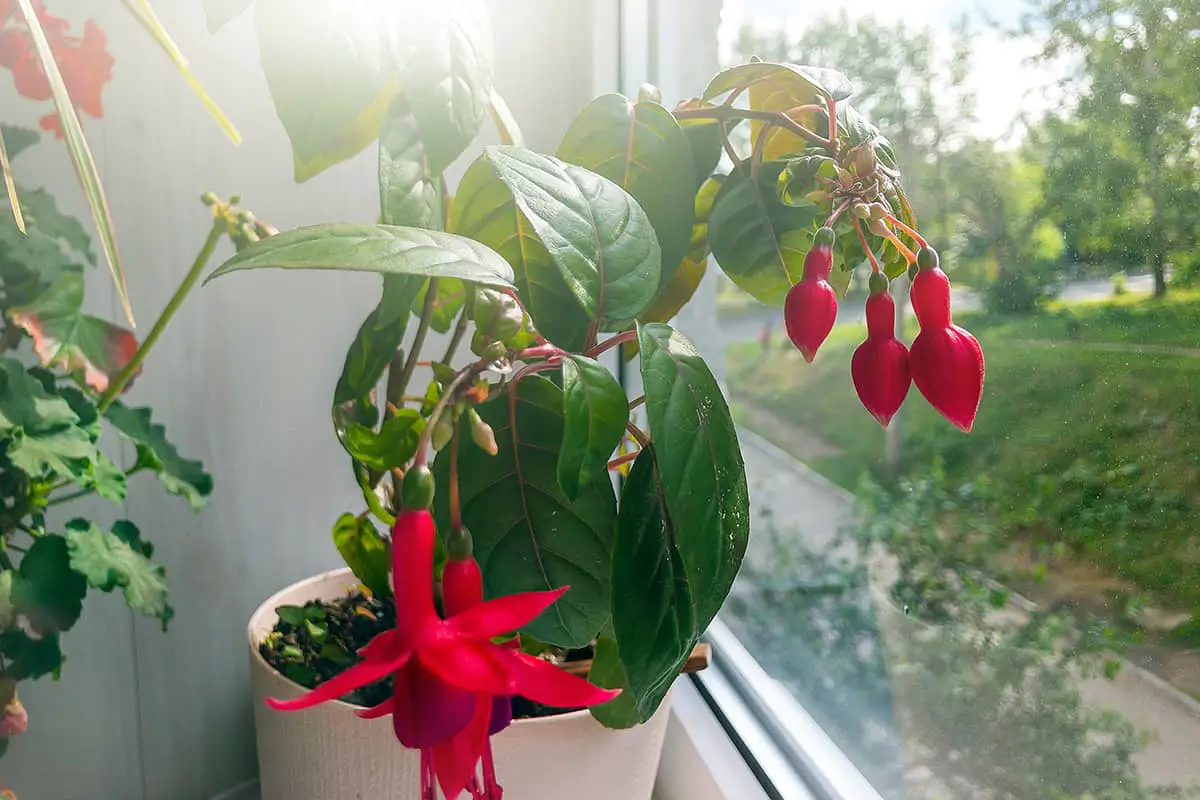
Fuchsias provide dangling bell-shaped flowers during midsummer. They favor cooler temperatures and consistent watering. For optimal blooming, place them in a location with morning sun and afternoon shade.
August: Late Summer Selections
In August, your home can blossom with vibrant indoor plants. Select Impatiens and Bromeliads for enduring splashes of color.
Impatiens

You can enjoy the bright hues of Impatiens indoors. These plants bloom consistently, bringing a range of colors from pink to red. Ensure they receive moderate light and regular watering.
Bromeliad
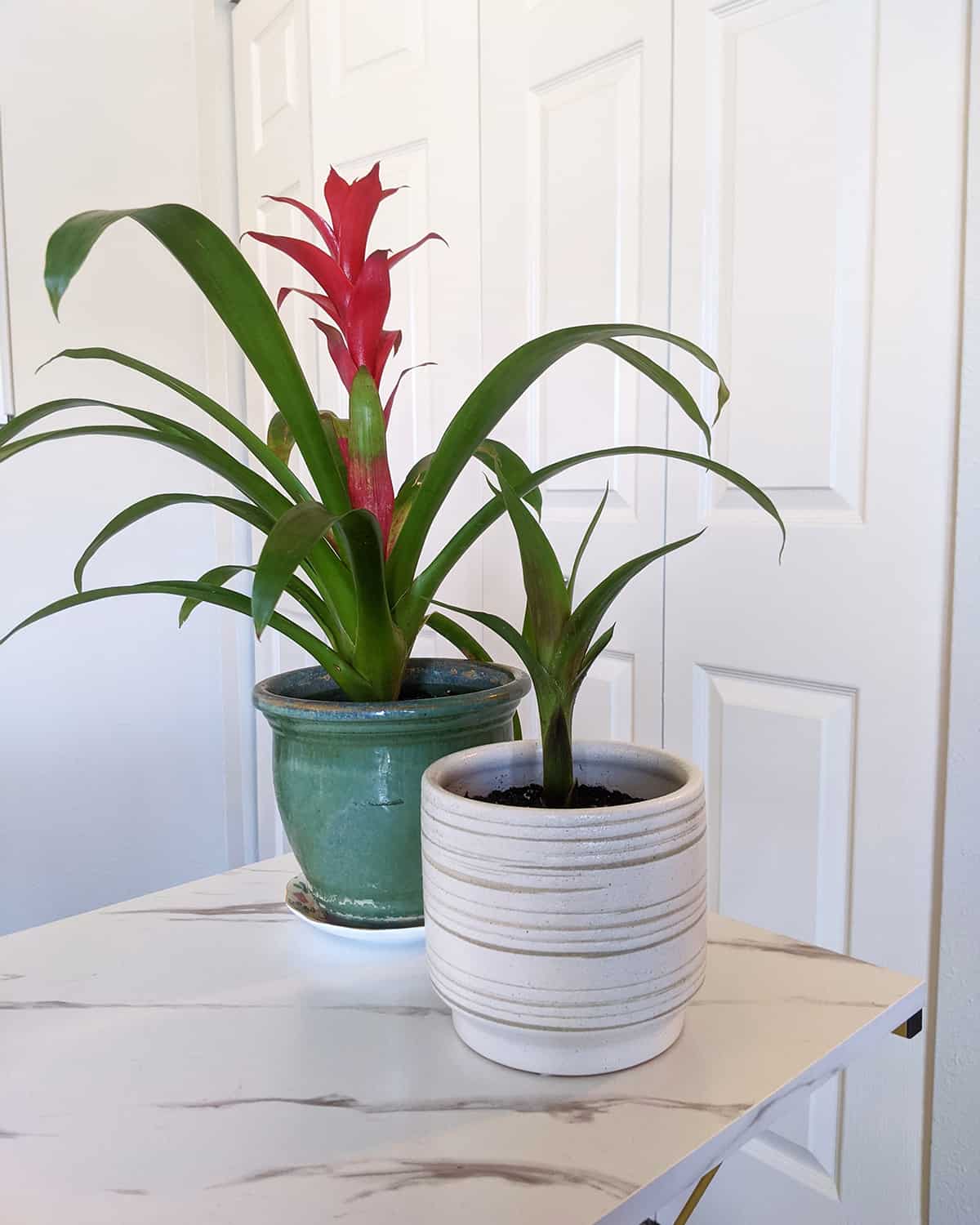
Bromeliads provide a tropical touch with their unique flowers and foliage. They thrive indoors with minimal care, preferring indirect light. Allow the soil to dry slightly between watering.
September: Early Autumn Blooms
In September, your indoor garden can flourish with vibrant blooms from particular plants suited for early autumn. Set your sights on Oxalis and Clivia, as they are exceptional for adding color and life to your space during this transition season.
Oxalis
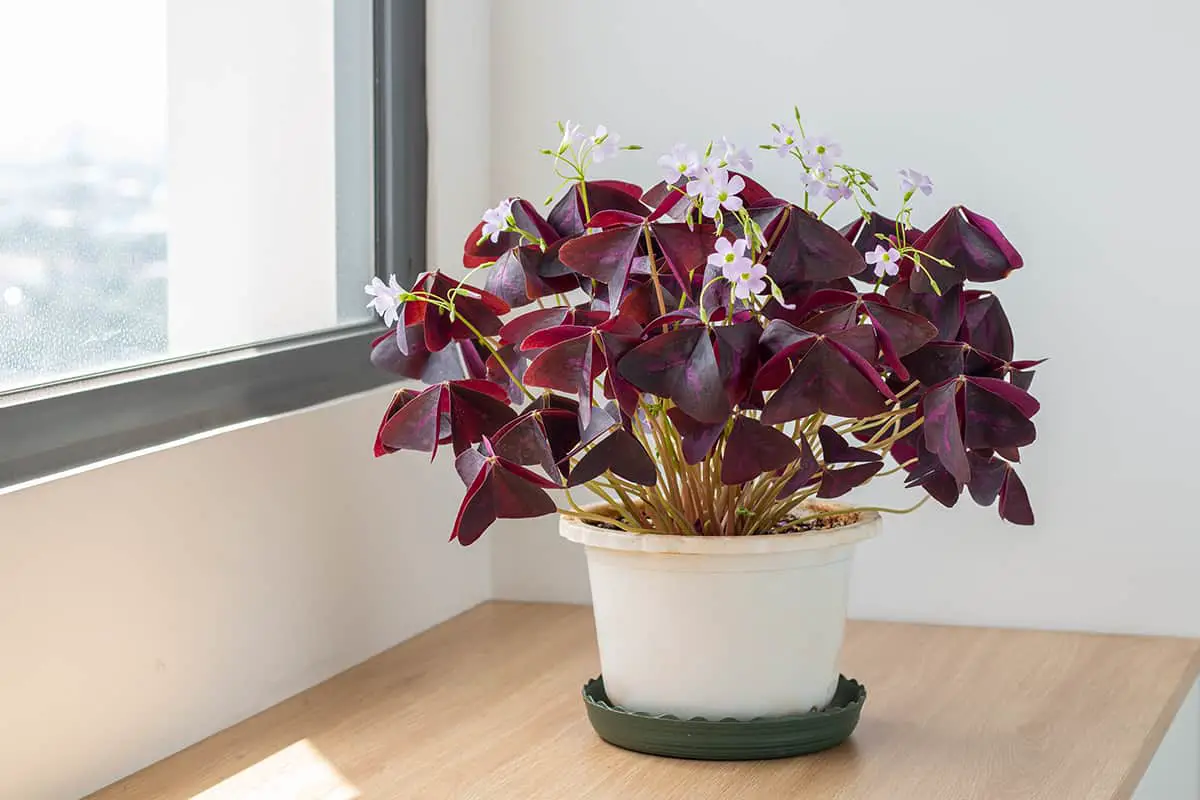
Oxalis, also known as shamrock plants, greet you with delicate flowers and lush, clover-like foliage. Ensure it receives ample light and moderate watering to encourage its soft, typically white or purple, blossoms. This plant embodies the vitality of early autumn by folding its leaves in the evening and re-opening them in the morning.
Clivia
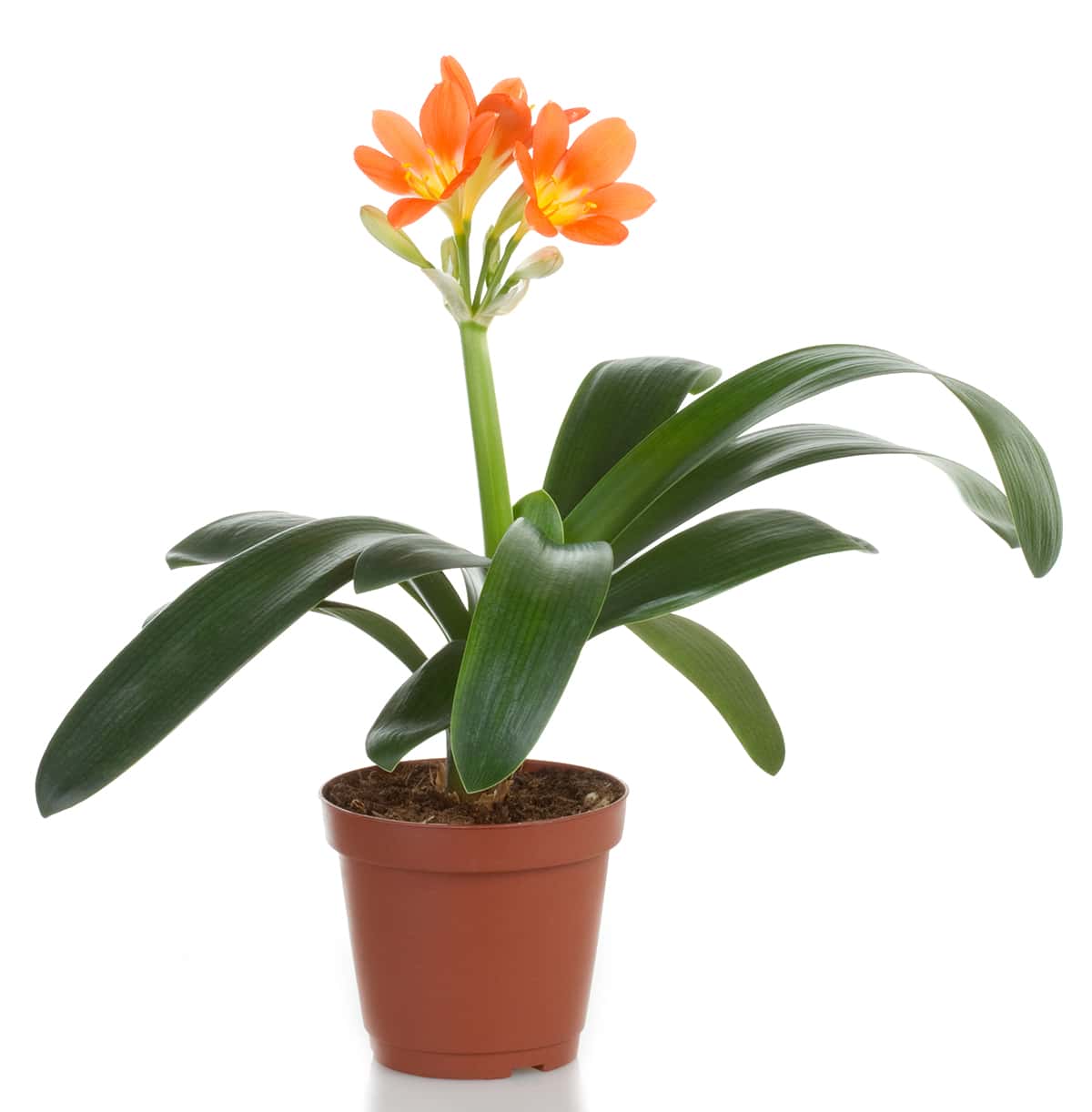
Clivia blooms bring a warm hue to your September indoor garden with their orange or yellow flowers. It thrives under indirect sunlight with sparse watering, which mimics its natural drought-prone habitat. Once flowering, Clivia can provide a show-stopping display that lasts for several weeks, a perfect complement to the fleeting days of summer.
October: Autumnal Hues
In October, your indoor garden can mirror the vibrant golden and orange tones of the fall season. Focusing on plants that bloom with autumnal hues creates a warm and inviting atmosphere.
Chrysanthemum

Chrysanthemums are a must for your October indoor palette. These bushy plants bloom in rich reds, oranges, and yellows. You can enjoy their vivid colors and lush foliage when the days shorten.
African Daisy
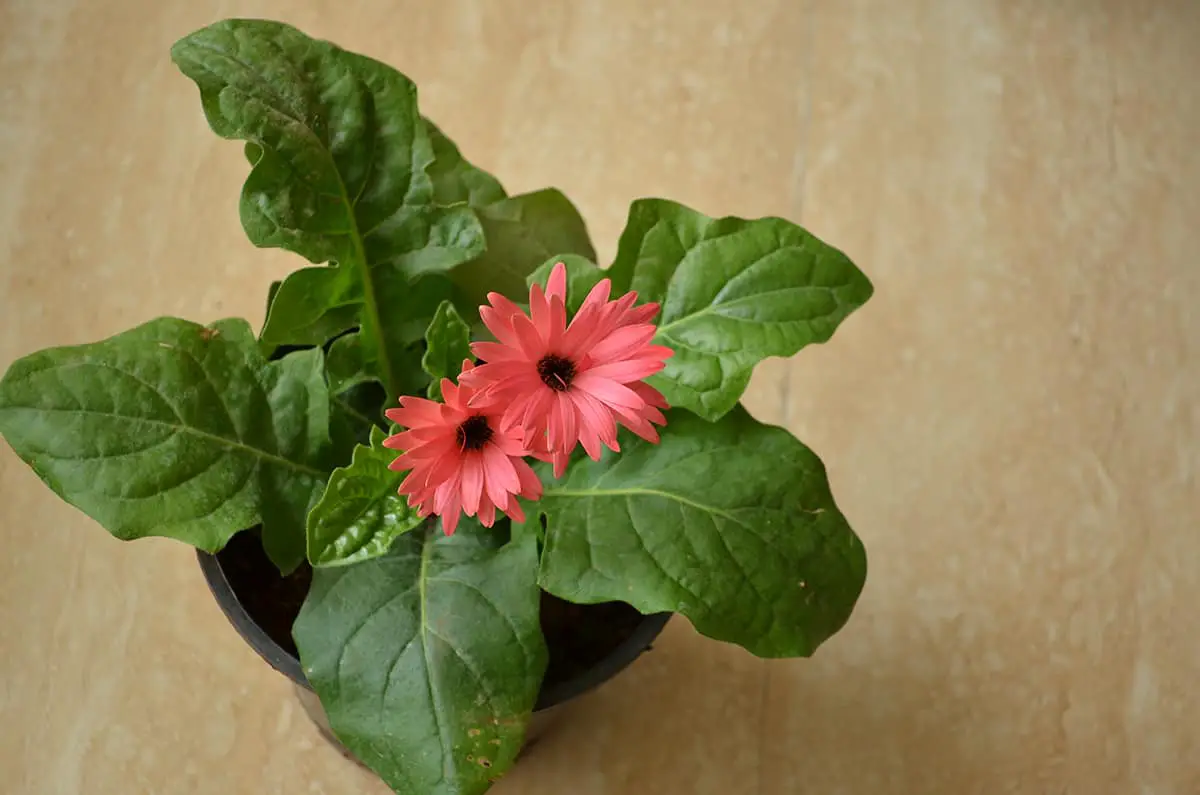
The African Daisy showcases a fiery blend of colors during the October month. these daisies offer vivid orange and yellow blooms, embodying the essence of fall in your home. Keep them in well-lit areas to maintain their bright display.
November: Late Autumn Bloomers
In November, you can enjoy vibrant blooms indoors with specific plants that are well-suited for this time of year. These late autumn bloomers are known for their resilience and the splash of color they bring to your indoor spaces as the days grow shorter.
Christmas Cactus

The Christmas Cactus (Schlumbergera bridgesii) stands out with its segmented leaves and bright, tubular flowers. It typically flowers from late November, offering a range of hues from pinks to reds. For successful blooming, keep your Christmas Cactus in a cool room with indirect light and reduce watering a month prior to bloom.
Snake Plant
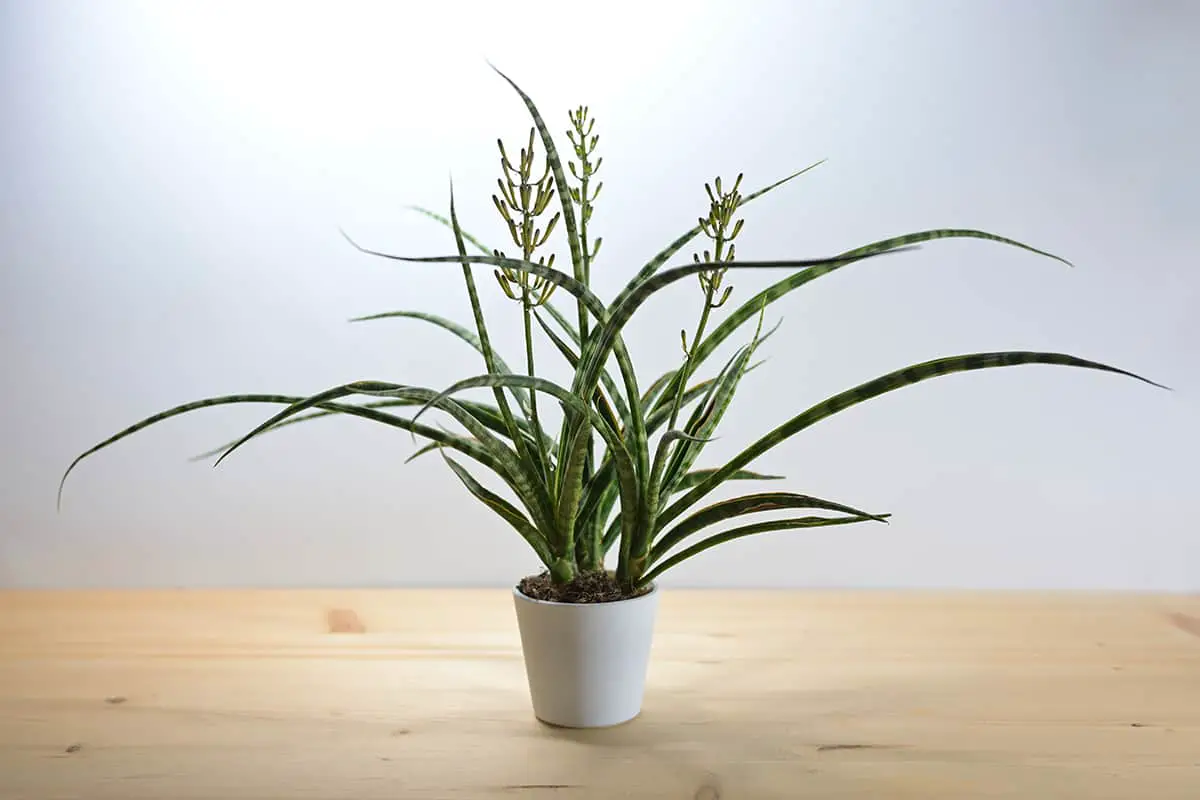
Despite its name, the Snake Plant (Sansevieria trifasciata) is an attractive option, with its upright, variegated leaves. It’s a surprise bloomer, which may produce delicate, fragrant flowers when it’s less expected. Ensure it gets low to moderate light and avoid overwatering to potentially see it flower in late autumn.
December: Wintertime Blooms
In December, your home can glow with the vibrant colors of blooming indoor plants. Among the favorites are Poinsettias and Crown of Thorns, which offer striking hues and are perfect for the festive season.
Poinsettia
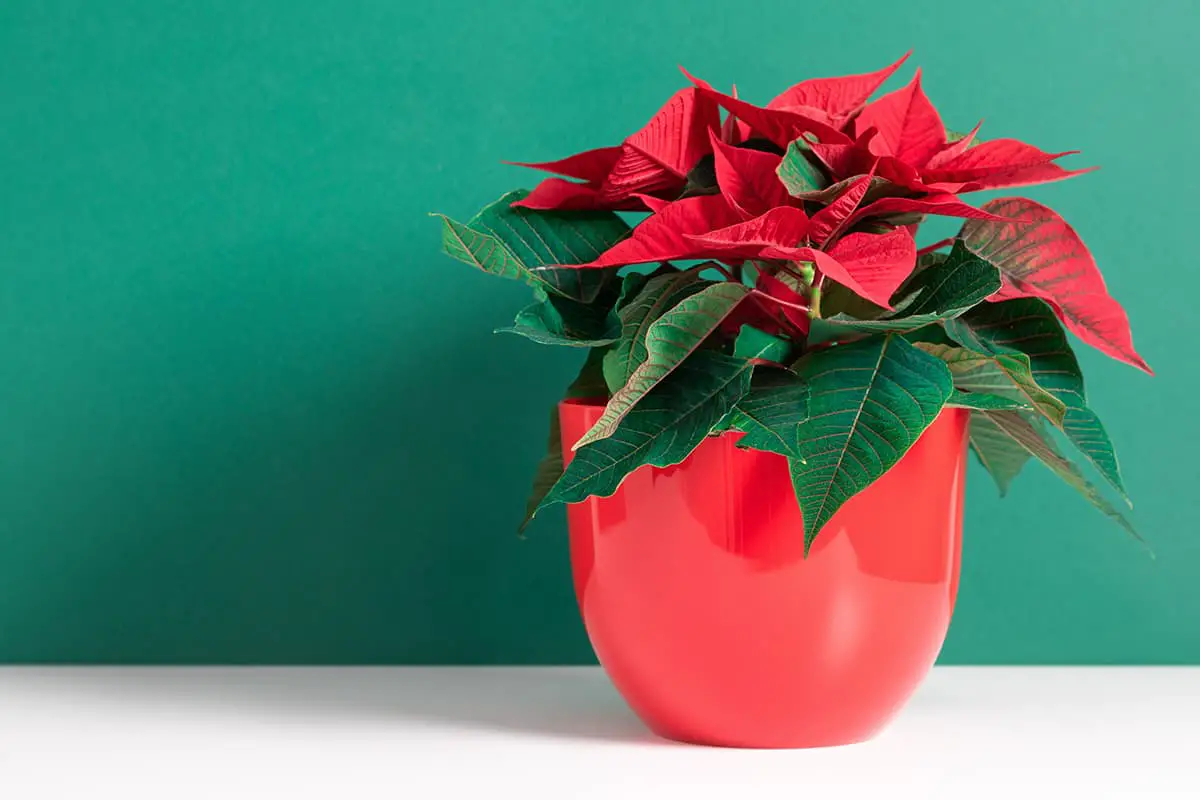
Poinsettias are synonymous with the holiday season. Their red and green foliage brings traditional Christmas cheer into your home. To keep these plants thriving, place them in a spot with indirect light and maintain evenly moist soil. Be sure to protect them from drafts to ensure their colorful bracts remain bold and bright throughout the holidays.
Crown of Thorns
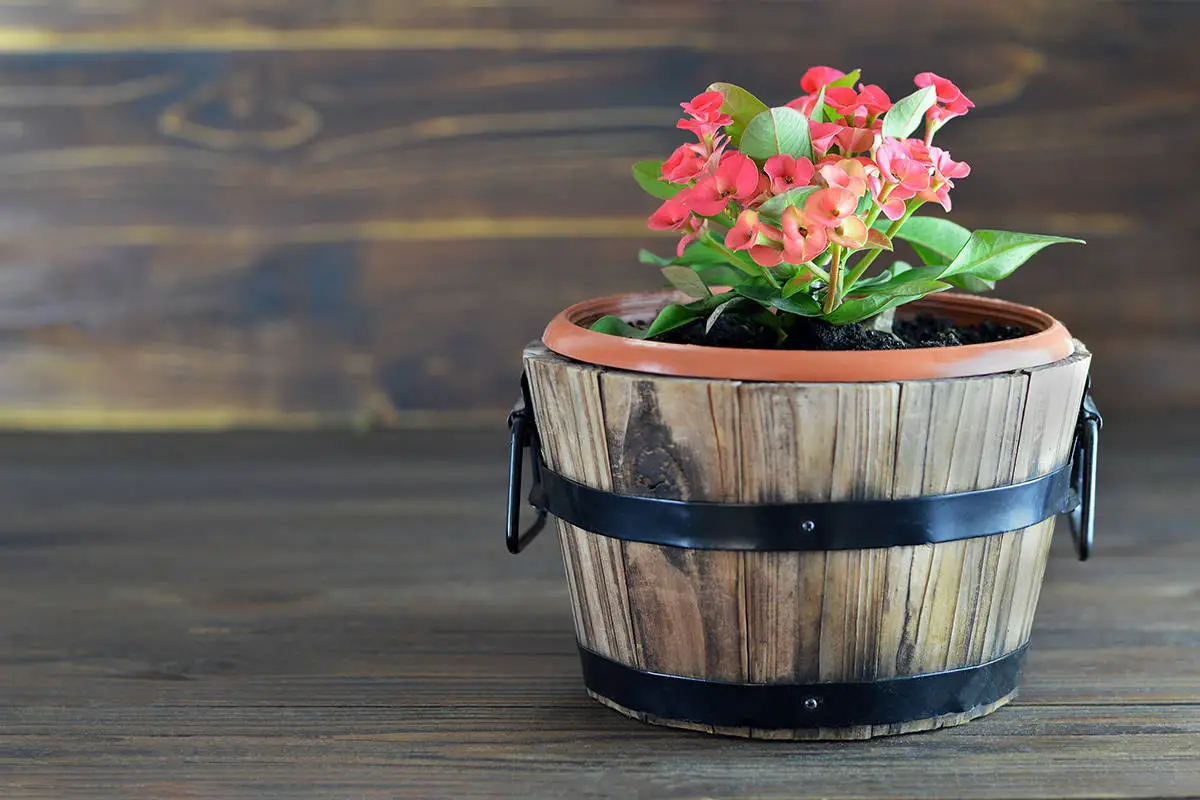
The Crown of Thorns plant, with its lush green leaves and small, brightly colored flowers, provides a warm contrast to chilly December days. It is a hardy succulent that can tolerate less watering, making it low-maintenance. Place your Crown of Thorns in a sunny spot and enjoy its blooms even during the shortest days of winter.
Caring for Indoor Blooming Plants
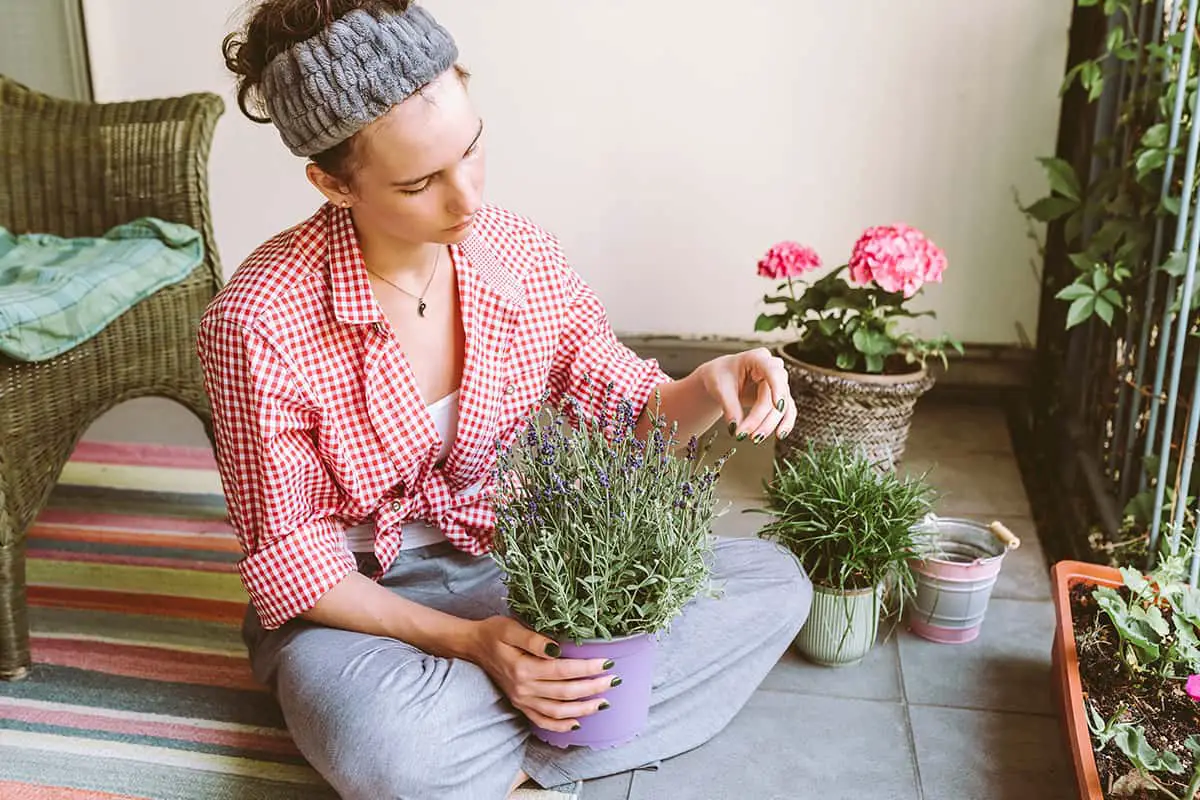
When nurturing indoor blooming plants, you must meet their basic needs. Good sunlight, proper watering, and the right temperature are crucial. Indoor plants often require bright, indirect light. Too much direct sunlight can scorch leaves, while too little inhibits blooming.
Water your plants when the top inch of soil feels dry. Over-watering leads to root rot, a common issue. A drainage hole at the bottom of the pot ensures excess water can escape. For specifics on watering, some plants like amaryllis benefit from regular, even moisture.
Most flowering houseplants thrive in temperatures between 60 and 70 degrees F. Avoid placing your plants near drafts or sudden temperature changes. To ensure potted bulbs transition smoothly, MU Extension advises waiting until after the last frost to move them outdoors.
Fertilization enhances blooming. Use a balanced, houseplant fertilizer monthly, unless it’s time to encourage dormancy. During rest periods, cease fertilizer application.
Remember, each plant is unique. For example, to maintain bulbs indoors, avoid compacting the soil around them. Carefully handle the bulbs, ensuring the root end is in the soil, pointing upwards. This attention to detail promotes optimal growth and flowering.
Frequently Asked Questions
Discover how to keep your home vibrant with flowers year-round. These FAQs will guide you to the best indoor flowering plants suitable for different conditions and preferences.
Which indoor flowering plants can I grow from seeds for year-round blooms?
You can grow African violets and pansies from seeds for continuous color. Begin with quality seeds and ensure consistent care for year-round blooms.
Can you provide a list of ten indoor flowering plants known for their prolonged blooming periods?
Certainly, here are ten plants: African violets, orchids, bromeliads, peace lilies, anthuriums, kalanchoe, Christmas cactus, jasmine, cyclamen, and begonias.
Are there any flowering houseplants that can flourish without sunlight?
Yes, peace lilies and snake plants can bloom with minimal light. They adapt well to low-light conditions and still produce flowers.
Which houseplant is recognized for blooming annually, and at what time of year does this occur?
Christmas cactus is known to bloom annually. Its vibrant flowers typically appear in late fall or early winter.
Conclusion
Your journey through the world of indoor plants that bloom year-round brings a variety of colors to your living spaces. Each month offers a unique bloom to enjoy. Remember, proper care is crucial and choose plants that align with your lifestyle and enjoy natural beauty year-round.
